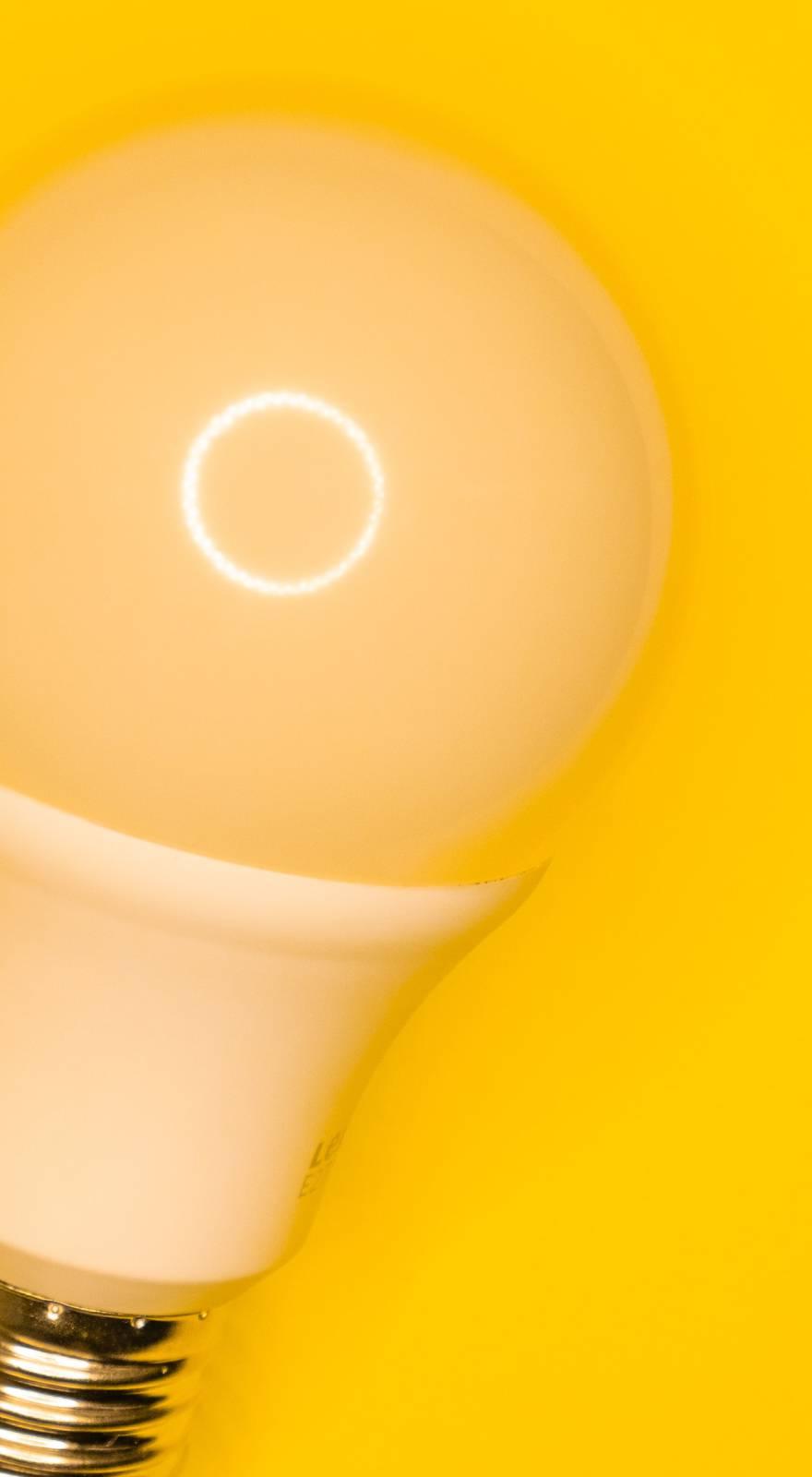Knowde Enhanced TDS
Identification & Functionality
- Chemical Family
- CASE Ingredients Functions
- Technologies
- Product Families
Features & Benefits
- Labeling Claims
- CASE Ingredients Features
Applications & Uses
- Markets
- Compatible Polymers & Resins
- Applications
ECA 106 is a low viscosity liquid anhydride epoxy curing agent based on methyltetrahydrophthalic anhydride. For convenience, it is pre-catalyzed with an accelerator that contributes to good glass transition temperature (Tg) in cured polymers. It is designed for use in converting epoxy resins to highly crosslinked polymers with excellent physical and electrical properties. ECA 106 is used in demanding applications including laminating and filament winding. It can also be used in electrical applications such as casting, potting and encapsulation.
ECA 106 imparts ease of handling due to its low viscosity, low volatility and low freezing point. It is a liquid at room temperature. If crystallization does occur during shipping or storage, it can be returned to liquid by heating at 38-55°C (100-130°F) for 2-8 hours. Formulations of ECA 106 and liquid epoxies have a long pot life/working time in excess of 24 hours.
Properties
- Physical Form
- Appearance
- Yellow to amber liquid
- Typical Properties
| Value | Units | Test Method / Conditions | |
| Specific Gravity | 1.195 - 2.15 | g/cc | D-102 (ASTM D 4052) |
| Viscosity | 75-300 | cP | D-150F |
| Molecular Weight (Average) | 167 - 171 | — | — |
| Gel Time | 24 - 33 | min | D-160J |
Technical Details & Test Data
- Formulation Example
ECA 106 was formulated with a variety of epoxy resins. Viscosity was measured at 25°C, and gel time was measured at 100°C. Samples were cured for 1 hour at 120°C, followed by a post-cure of 1 hour at 220°C, and glass transition temperatures were measured using a differential scanning calorimeter. The following table summarizes these results:
Epoxy type ECA 106, phr Viscosity at 25°C, cP Gel Time min Tg, (°C) Standard BPA Liquid Epoxy 89 840 28 131 Low Viscosity BPA Liquid 92 640 27 138 Cycloaliphatic Epoxy 122 183 30 199 Epoxy Phenol Novolac 96 800 26 138 Epoxy BPA Novolac 87 2950 25 150 BPF Liquid Epoxy 96 500 27 133
Safety & Health
- Health Hazards
These anhydrides are primary skin and eye irritants. Avoid contact with skin, eyes, and clothing. Use only with adequate ventilation. In case of contact, follow the procedures outlined in the SDS. Generally, these procedures include immediately flushing the affected skin or eyes with copious amounts of water for at least 15 minutes.
In the case of eye contact, get medical attention. Wash contaminated clothing before reuse. Follow the recommendations in the SDS for personal protective equipment when handling these materials. At a minimum, these procedures typically include protective chemical goggles, impenetrable gloves, and measures to avoid breathing chemical vapors.
Storage & Handling
- Storage
ECA 106 will react with water to form diacids. This is normally undesirable, so ECA 106 should be stored in such a way that it is carefully protected from moisture contamination. For more details on the design of bulk storage for ECA 106, consult the Dixie Chemical brochure “Epoxy Curing Agent Storage Requirements.”







